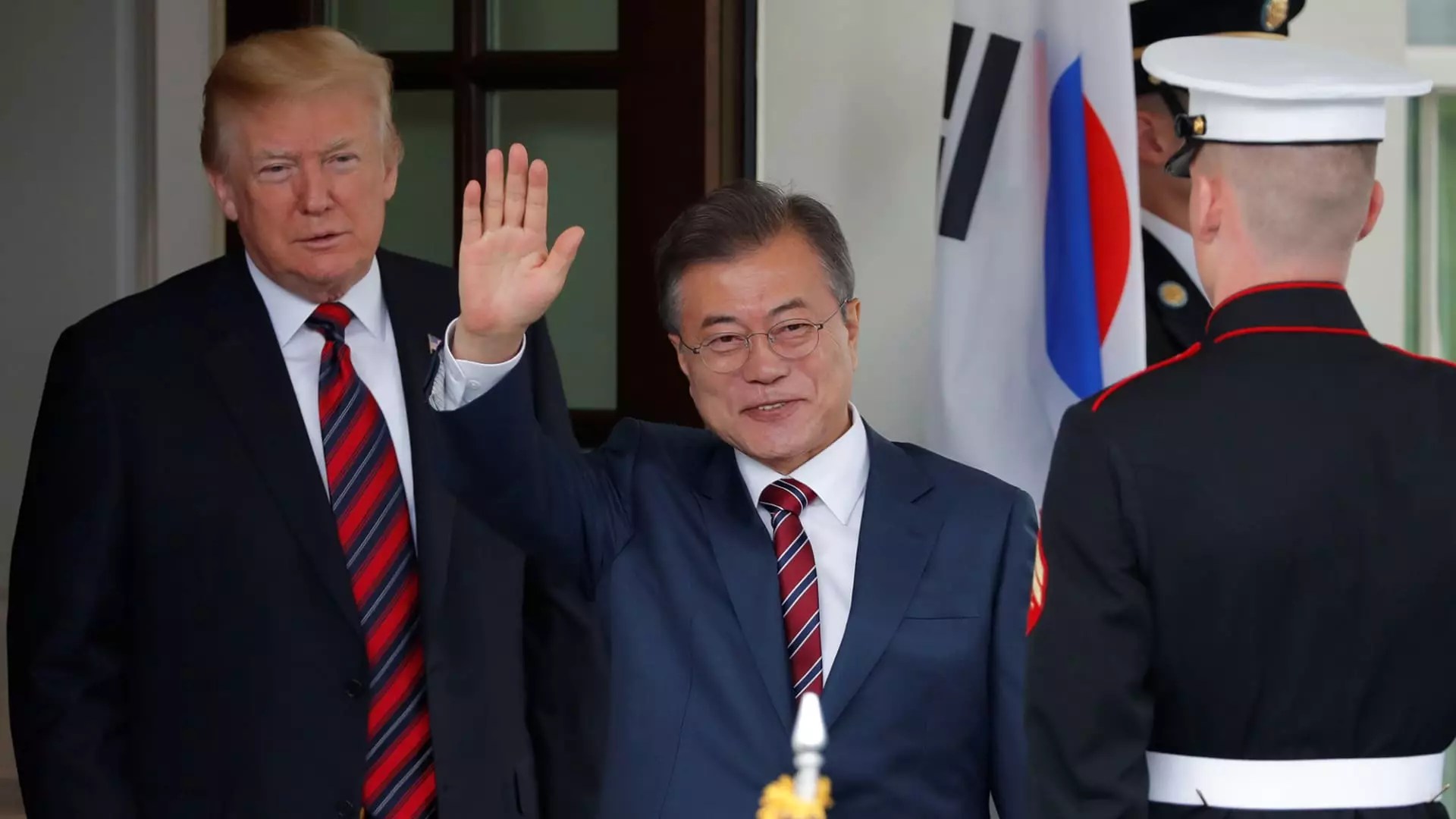As international trade relations fluctuate, the implications for the automotive industry become increasingly pronounced, particularly as former President Donald Trump hints at imposing more stringent tariffs on trading partners. The ripple effects of these potential tariffs are likely to be most keenly felt in the auto markets of South Korea and Japan, two regions that have proved to be vital to the U.S. automotive market. Combined, these East Asian countries accounted for a significant portion of vehicle sales in the U.S., marking their importance in the supply chain.
According to data supplied by GlobalData, South Korea and Japan contributed 16.8% of vehicle sales in the U.S. last year, a staggering figure highlighting their importance in the U.S. automotive ecosystem. South Korea alone accounted for a record 8.6% of the market, overtaking Japan and Canada to emerge as the second-largest exporter of vehicles to the U.S. behind Mexico. Despite the looming threat of tariffs, these countries are currently experiencing minimal duties for their automotive exports as compared to the harsh 25% tariff projected for trade with Canada and Mexico. Automakers such as Hyundai and General Motors (GM) can export vehicles from South Korea into the U.S. without these tariffs impacting their competitiveness.
Specific Tiers of Tariff Exposure: Risks and Consequences
The automotive landscape is fraught with complexities regarding tariffs. For Japanese automakers like Toyota, Nissan, and Honda, imports are already burdened with a 2.5% tariff—a significant yet manageable number compared to the exorbitant rates suggested for North American partners. This differential poses a risk not only to these Japanese manufacturers but also to their U.S. counterparts relying on the equilibrium fostered by lower tariffs. Experts like Jeff Schuster of GlobalData spotlight the precarious situation for companies like Hyundai and GM, stating that while they boast significant volume, they are nonetheless vulnerable to tariff fluctuations that could alter their operational viability.
Statistics Paint a Stark Picture: Sales Trends and Terrestrial Shifts
The statistics are telling; while South Korean automotive exports surged, Japanese imports have actually seen a decline in their percentage of sales in recent years. This disparity raises questions about the ongoing dynamics within the automotive market and suggests that potential tariff impositions could further affect current trends. Figures show that Japan’s vehicle exports dipped to 1.31 million units, even as South Korea’s exports surged to over 1.37 million, marking a shift in market dominance.
Tariffs as a Taxation Mechanism: What It Means for Consumers
Tariffs function fundamentally as taxes on imported goods, an idea that rings particularly alarming for consumers. The fear among industry experts is that companies, having to shoulder the burden of new tariffs, will simply pass additional expenses onto consumers. This could lead to elevated vehicle prices, potentially stifling demand and reshaping the existing customer landscape.
Companies like GM have shown significant responsiveness to the realities of evolving trade policies. GM, which has vastly increased its imports from South Korea, illustrates the potential ramifications of tariff changes—its sales of South Korean-produced vehicles have skyrocketed from 173,000 in 2019 to over 407,000 in 2024, showcasing a marked upscale in reliance on South Korean exports. Furthermore, GM’s substantial investments in its South Korean manufacturing facility highlight a commitment to navigating the complexities of international trade while optimizing its supply chain.
Industry experts like Terence Lau, an academic leader with extensive trade experience, describe the automotive industry as inherently resilient. While acknowledging that the industry can adapt to new tariffs, he emphasizes that the adjustment period can be challenging. Lau notes that while nominal tariffs can act as mere inconveniences, higher tariffs above 10% can drastically diminish profit margins, resulting in a significant impact on corporate strategies and pricing models.
Ford Motor’s CEO Jim Farley has recently articulated the need for a holistic approach to tariff regulations, arguing that the automotive landscape cannot withstand selective tariff applications. By suggesting all-encompassing regulations, he calls into question the current ‘cherry-picking’ of tariffs affecting only specific countries.
With the specter of new tariffs hovering, the future for the U.S. automotive industry remains uncertain; manufacturers might have to prepare for significant changes. As the current administration evaluates its tariff strategy, the ramifications could reshape the automotive landscape in ways that will be felt far beyond the immediate financial metrics. A comprehensive approach to tariff regulation is not only key for companies like GM and Hyundai but is essential for the sustainability of the American automotive market as a whole. Balancing trade relationships while fostering a competitive market will be critical for manufacturers navigating this complex and evolving environment.


Leave a Reply